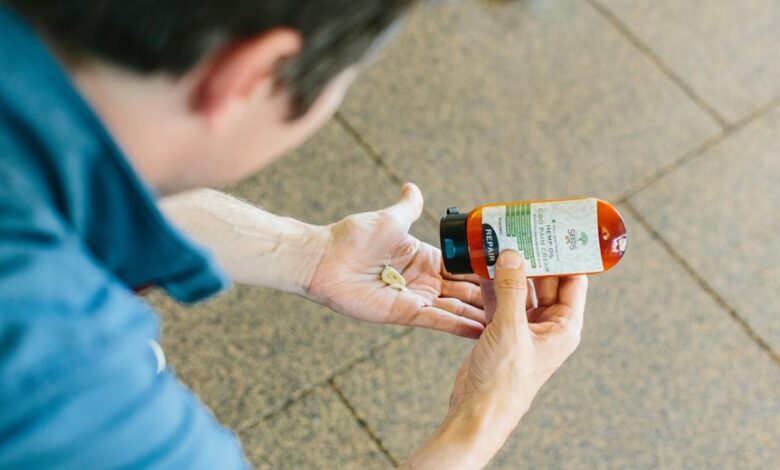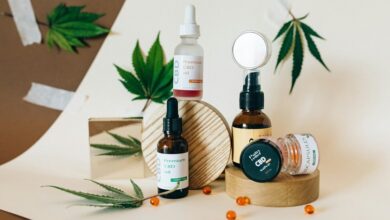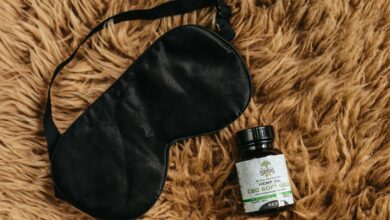Does Cbd Ointment Get in Your Bloodstream

The question of whether CBD ointment enters the bloodstream is complex. Topical applications primarily target localized areas of the skin. Factors such as skin permeability and formulation can influence absorption. However, systemic effects from these ointments are generally minimal. Understanding the implications of these properties is essential for those seeking relief. What does this mean for users looking for broader benefits?
Understanding CBD Absorption Through the Skin
Although the skin serves as a protective barrier, it is also capable of absorbing certain compounds, including cannabidiol (CBD).
Skin permeability varies among individuals, influencing absorption rates. Factors such as formulation, concentration, and skin condition can affect how effectively CBD penetrates the skin.
Understanding these dynamics is essential for those seeking to optimize the benefits of topical CBD applications while maintaining their freedom of choice.
The Science of Topical CBD Ointments
As the popularity of cannabidiol (CBD) continues to rise, the science behind topical CBD ointments reveals important insights into their formulation and efficacy.
Various CBD formulation types, including creams and salves, utilize different ingredients to enhance absorption.
Skin permeability factors, such as hydration and temperature, also play a crucial role in determining how effectively CBD is delivered through the skin.
Factors Influencing CBD Penetration
Several factors influence the penetration of CBD through the skin, determining its therapeutic effectiveness.
Key elements include the formulation of the ointment, which affects skin permeability, and the molecular weight of CBD.
Additionally, the condition of the skin, such as hydration levels, impacts penetration depth.
These factors collectively dictate how effectively CBD can reach deeper layers of skin and exert its effects.
Potential Benefits and Limitations of Topical CBD
Topical CBD offers a range of potential benefits, particularly for localized pain relief and inflammation reduction, making it an appealing option for individuals seeking alternative therapeutic methods.
It may also aid in treating various skin conditions, providing soothing effects and promoting healing.
However, limitations include variable absorption rates and a lack of systemic effects, which can affect its overall efficacy for some users.
Conclusion
In conclusion, while CBD ointments provide localized relief by targeting specific skin areas, their ability to enter the bloodstream is minimal. For instance, a hypothetical patient with arthritis may find relief from localized pain using a CBD ointment, but if seeking systemic benefits, oral or sublingual methods would be more effective. Understanding these nuances helps users make informed choices about CBD applications based on their specific needs and expected outcomes.





